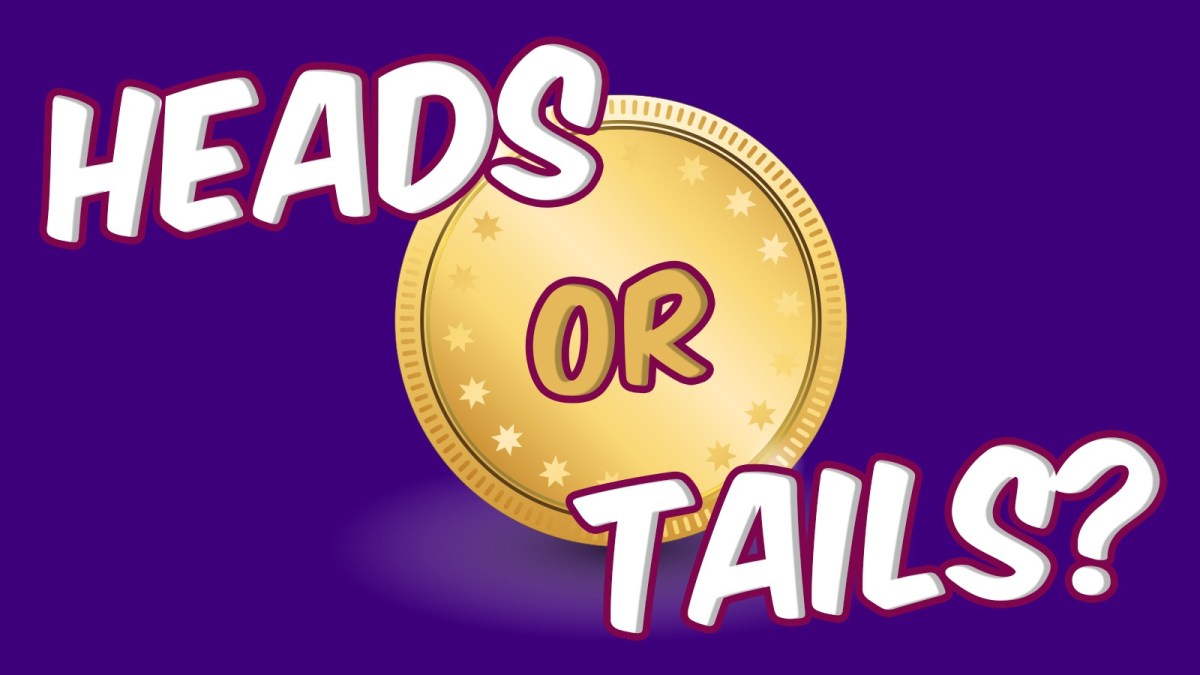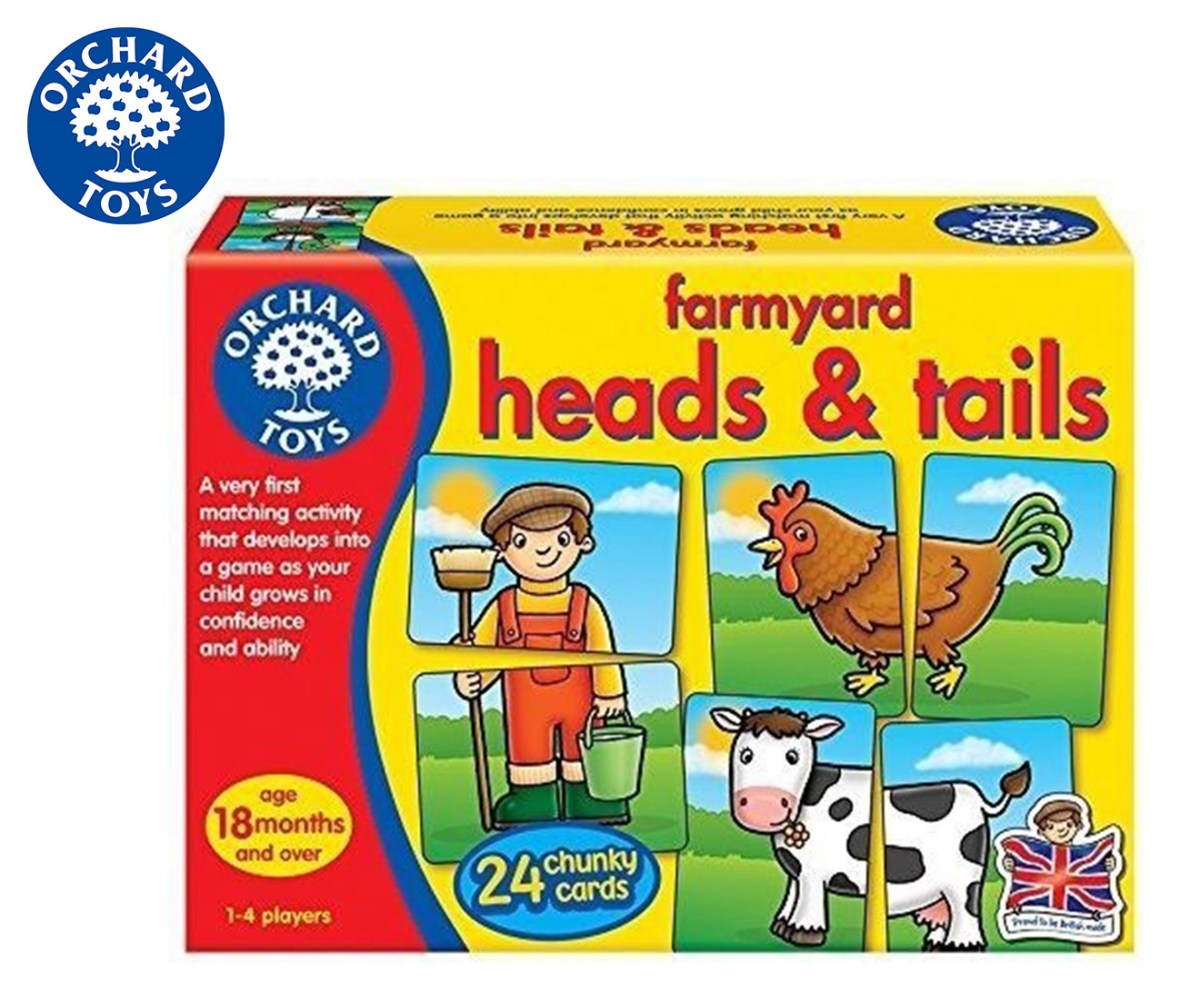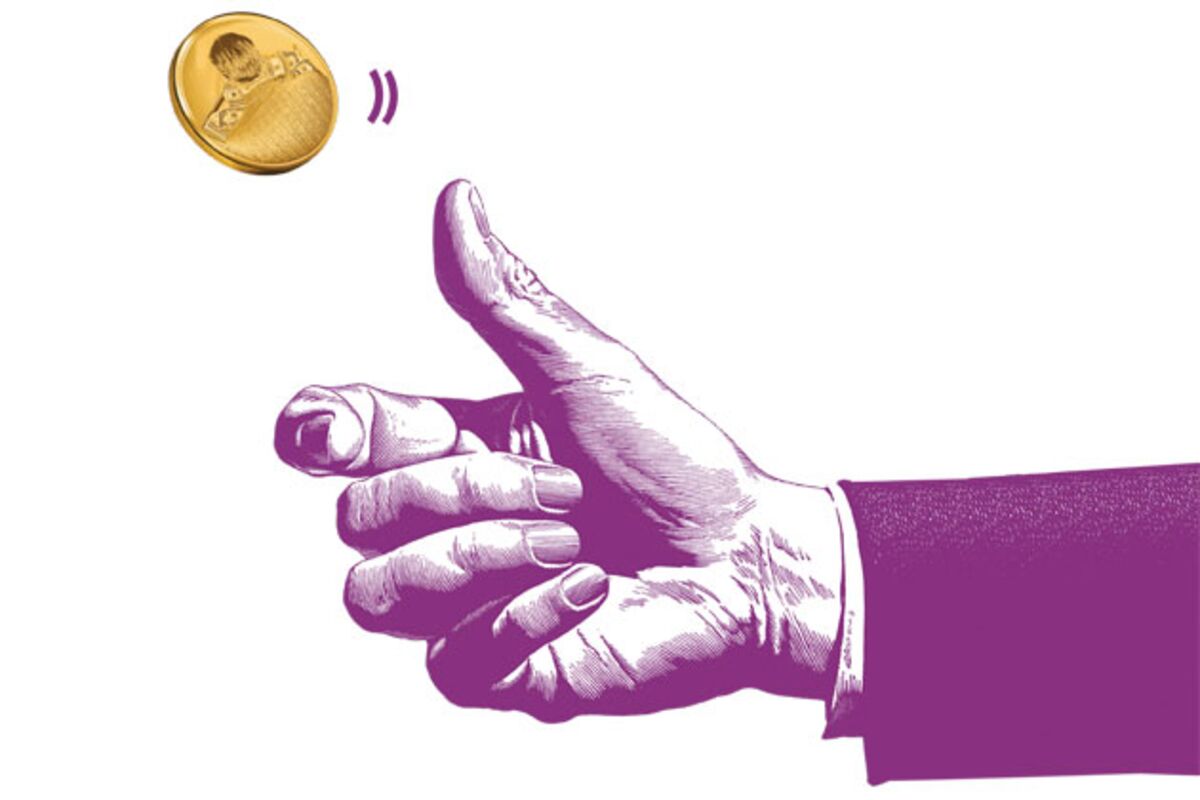Coin Toss Game: It’s simpler than you think, yet surprisingly deep! From a casual flip to complex probability calculations, the humble coin toss offers a fascinating journey into chance, strategy, and even fairness. We’ll explore the basic rules, dive into the math behind the flips, and uncover some surprising applications of this seemingly simple game.
This guide will walk you through everything from the fundamental mechanics of a single coin toss to more intricate variations like best-of-three matches and the use of multiple coins. We’ll examine the probabilities involved, explore ways to ensure fairness, and even brainstorm some creative new game designs that build upon the classic coin toss concept. Get ready to flip your perspective!
Coin Toss Game Mechanics
The coin toss, a seemingly simple act, forms the basis of a surprisingly versatile game with various rules and applications. This section details the fundamental mechanics and variations of this classic game.
Basic Coin Toss Rules
The core of a coin toss game involves flipping a coin (typically a fair coin with two sides, heads and tails) and assigning outcomes to each side. A single toss determines a winner based on pre-determined assignments. For example, Heads might represent Player A winning, and Tails Player B winning.
Coin Toss Game Variations
Several variations exist, enhancing the game’s complexity and replayability. These variations alter the number of tosses needed to determine a winner or involve multiple coins.
| Variation | Number of Players | Winning Condition |
|---|---|---|
| Single Toss | 2 | One toss determines the winner. |
| Best of Three | 2 | The first player to win two tosses wins the game. |
| Multiple Coins (e.g., two coins) | 2 | Winning might be determined by a specific combination of heads and tails (e.g., two heads wins). |
Single Round Coin Toss Flowchart
A flowchart visually represents the steps in a single round of a basic coin toss game.
The flowchart would start with a “Start” node. An arrow would lead to a “Toss Coin” node. From there, two arrows would branch out, one leading to a “Heads” node and the other to a “Tails” node. Each of these nodes would then have an arrow pointing to a “Determine Winner” node, which finally points to an “End” node.
The “Determine Winner” node would specify the winning player based on the pre-defined head/tail assignments.
Probability and Statistics in Coin Tosses
Understanding probability is crucial for analyzing coin toss outcomes and strategizing in variations of the game. This section explores the mathematical aspects of probability in coin tosses.
Probability of Heads or Tails
Assuming a fair coin, the probability of getting heads in a single toss is 1/2 (or 50%), and the probability of getting tails is also 1/2 (or 50%). This is because there are two equally likely outcomes.
Coin toss games are simple, relying on chance. Think about how the outcome, heads or tails, is completely random; it’s similar to how the meaning of “strap” can vary wildly depending on context – check out this link for more info on the diverse strap meaning interpretations. Back to coin tosses, though – the unpredictable nature makes them perfect for settling small disputes or adding a bit of excitement to everyday decisions.
Probability with Multiple Tosses
With multiple tosses, the probability of specific sequences changes. For example, the probability of getting two heads in a row is (1/2)
– (1/2) = 1/4. The probability of getting three heads in a row is (1/2)³ = 1/8, and so on. The probability of getting at least one head in two tosses is 3/4 (as only the TT combination fails to have at least one head).
Coin toss games are simple, but their randomness can be surprisingly engaging. Think about how you could use that randomness to add a layer of unpredictability to a game – like deciding which side attacks first in a strategy game. For example, you could use a coin toss to determine the starting conditions in a game like the defender game , adding an element of chance to the already challenging gameplay.
Then, after the initial coin toss, the rest of the game relies entirely on skill and strategy.
Best-of-Three Probability
Calculating the probability of winning a best-of-three game requires considering all possible sequences of wins and losses. For instance, to win a best-of-three, Player A could win with sequences HHT, HTH, or THH. Each of these sequences has a probability of (1/2)³. Therefore, the probability of Player A winning is 3/8 (assuming both players have an equal chance of winning each toss).
Probability Distribution Graph
A bar graph could visually represent the probability distribution. The x-axis would represent the number of heads obtained (0, 1, 2, 3 for a best-of-three game), and the y-axis would represent the probability of obtaining that number of heads. The height of each bar would correspond to the calculated probability of each outcome (e.g., the probability of getting 2 heads in a best-of-three game).
Applications and Examples of Coin Tosses

Coin tosses extend beyond simple games; they find applications in various real-world scenarios, simulations, and decision-making processes.
Real-World Decision-Making
Coin tosses are often used to make simple, fair decisions, such as determining who goes first in a game or choosing between two equally appealing options. The inherent randomness ensures impartiality.
Sports and Games

In sports, coin tosses are frequently used to determine which team gets the ball first, or which side of the field to start on. Examples include the start of a football game or a cricket match. The toss provides a fair and unbiased method to begin the game.
Simulations and Experiments
Coin tosses can serve as a simple random number generator in simulations or experiments. For example, they can model events with a 50/50 chance of occurrence. This is often used in computer simulations to introduce randomness.
Comparison with Other Random Number Generation Methods, Coin toss game
While coin tosses are a simple and readily available method, other random number generators (like dice rolls or computer-generated random numbers) offer greater flexibility and control over the range of possible outcomes. However, for a binary outcome (like heads or tails), a coin toss is perfectly suitable.
Fairness and Bias in Coin Tosses

Ensuring a fair coin toss requires attention to detail and awareness of potential biases. This section explores factors affecting fairness and methods for detection.
Potential Biases

- An unbalanced coin: A coin with uneven weight distribution might favor one side over the other.
- Technique of the toss: The way the coin is tossed can subtly influence the outcome. A consistently weak toss might lead to a biased result.
- Catching the coin: The way the coin is caught might subconsciously influence the result.
- Surface of the toss: A sticky or uneven surface might affect the outcome.
Ensuring a Fair Toss
To ensure fairness, use a fair coin (one that is visually and physically symmetrical). Toss the coin high enough to allow for sufficient rotation, and catch it without influencing the outcome. Ideally, the toss should be done by a neutral party.
Detecting Bias
Detecting bias requires observing a large number of tosses. A significant deviation from a 50/50 ratio of heads and tails might suggest bias. Statistical tests can be employed to quantify the likelihood of the observed deviation occurring by chance.
Game Design and Variations
The simplicity of the coin toss allows for creative variations and incorporation into more complex game designs. This section explores new variations and design considerations.
New Coin Toss Game Variation: “Coin Toss Run”
In “Coin Toss Run,” players take turns tossing a coin. Heads advances them one space on a game board, while tails makes them move back one space. The first player to reach the end of the board wins. The board could include various challenges or rewards at different spaces, adding strategic elements.
Strategic Coin Toss Game
A strategic variation could involve betting or resource management. Players might wager resources based on their prediction of the coin toss outcome. The game could incorporate risk-reward elements, requiring strategic decision-making.
Incorporating into Larger Games
Coin tosses can be incorporated as random event triggers in more complex games. For example, a coin toss could determine whether a player encounters a positive or negative event during their turn. It adds a layer of unpredictable events to keep players engaged.
Visual Representation
The game’s progress could be visually represented using a simple progress bar for each player, showing their position on the game board in “Coin Toss Run.” For resource management games, a visual display of resources could show the fluctuating amounts based on the coin toss outcomes. This enhances the game’s engaging nature.
Conclusive Thoughts
So, next time you find yourself needing a quick decision or facing a tie-breaker, remember the coin toss. It’s more than just a simple game; it’s a microcosm of probability, a tool for decision-making, and a springboard for creative game design. We’ve explored its mechanics, the math behind it, and even potential biases. Now go forth and flip!
Essential FAQs
Can a coin toss really be completely fair?
While ideally a fair coin has a 50/50 chance, slight imperfections in the coin or the way it’s tossed can introduce bias. To maximize fairness, use a fair coin and toss it with a consistent technique.
Coin toss games are simple, but their randomness can be surprisingly engaging. Think about the unpredictable nature of a coin flip – it’s a bit like navigating the unpredictable asteroid fields in the comets video game , where quick reactions are key to survival. Just like you need to guess heads or tails, you need to anticipate the comet’s trajectory in the game.
So, next time you play a coin toss game, remember the thrill of dodging virtual space rocks!
What if the coin lands on its edge?
That’s a rare occurrence! Generally, you’d either re-toss or establish a rule beforehand (e.g., edge counts as a re-toss).
How can I use a coin toss in a more complex game?
Coin tosses can be incorporated as random event triggers, to determine player turns, or to resolve conflicts in a game. The possibilities are limited only by your imagination!
